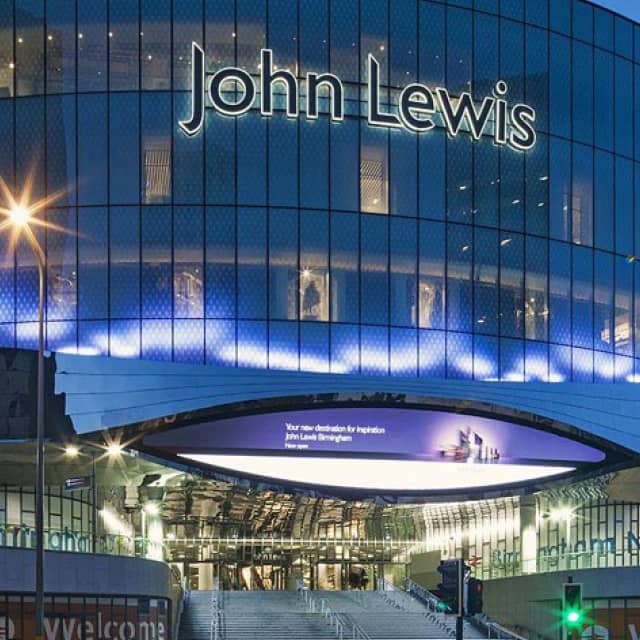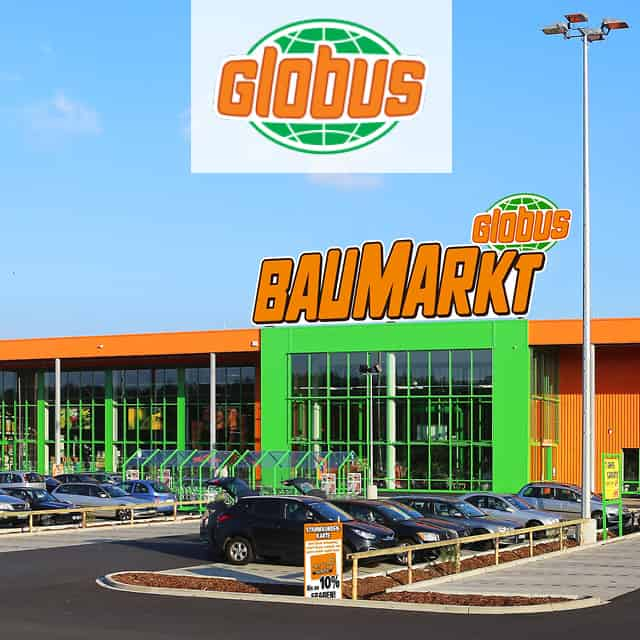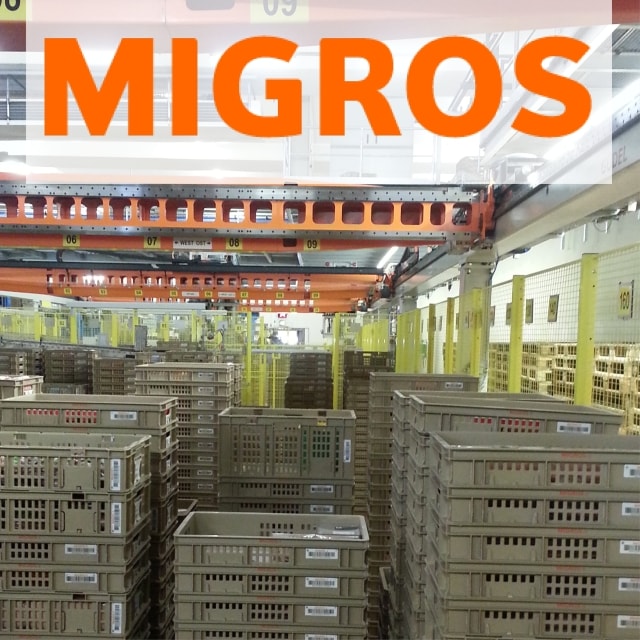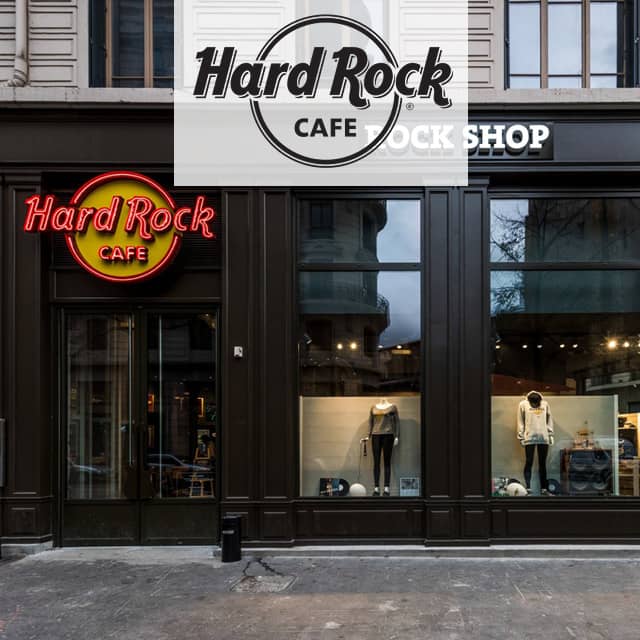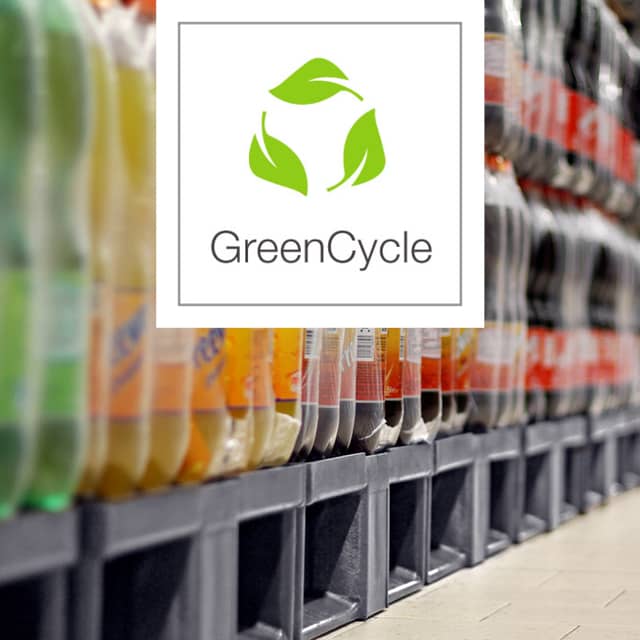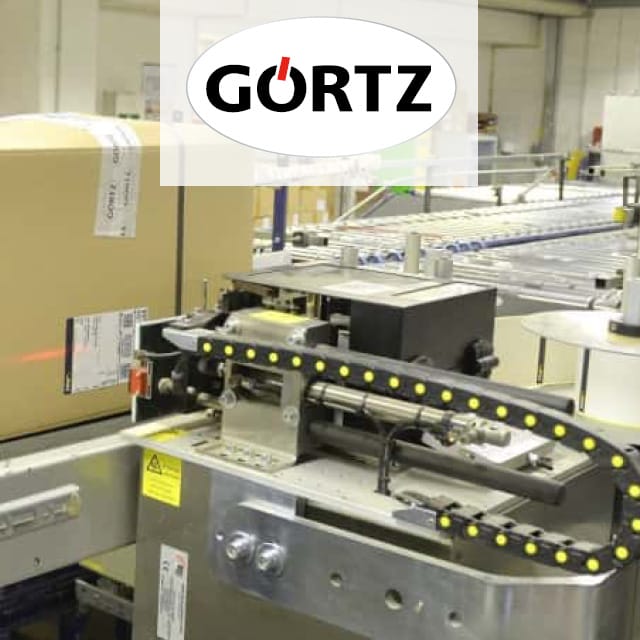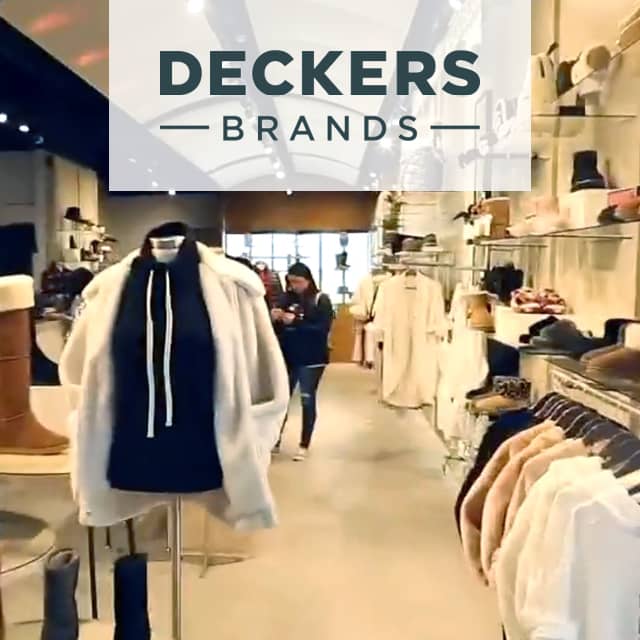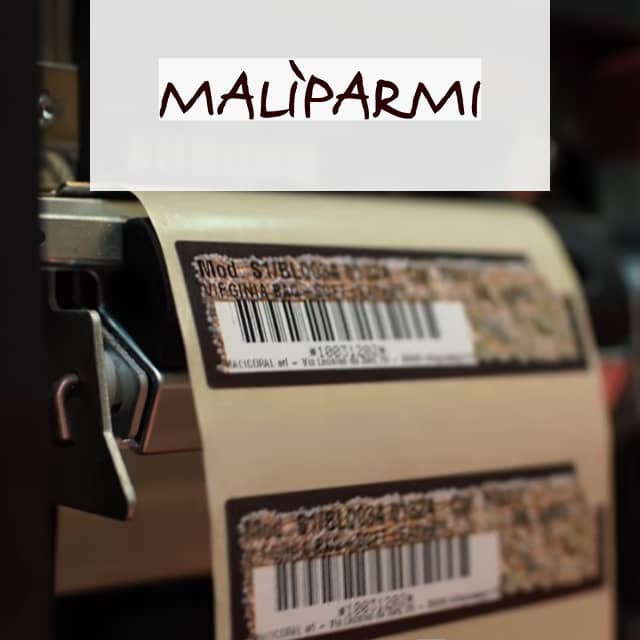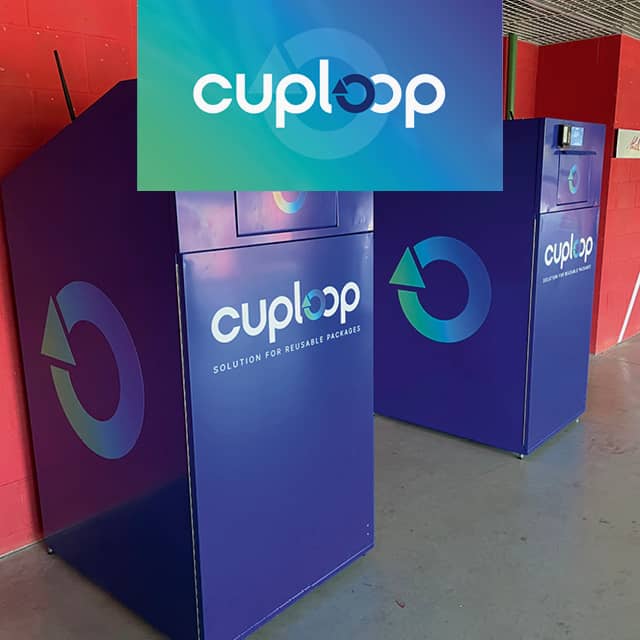
25,000 SKUs with UHF RFID in 34 Department Stores
The John Lewis department store chain has integrated a UHF RFID solution for fashion inventory management in 34 department stores in the UK.
UHF RFID handhelds are used for daily inventories and increase the on-shelf availability of fashion items to 100 percent.
The John Lewis department store chain sells fashion items, furniture, electrical appliances and more in 48 stores, including 34 department stores. Founder John Lewis opened the first store in London's Oxford Street in 1864. The company has annual sales of over £11 billion.
Process Requirements
With conventional merchandise management systems it is not possible to determine the exact location or status of goods in a store. The resulting inaccuracies lead to delayed replenishment processes, reduced on-shelf availability and ultimately fewer sales. In order to increase the availability of goods, inventories need to be stocked up additionally. This leads to an increase in capital commitment.
Objective
- Daily inventories
- Increase of on-shelf availability
- Accelerated replenishment processes
- Reduction of backstore inventories
- Clear separation of the recorded SKU stocks in the front- and backstore
- Analysis data generate optimization potential
Solution
In the 34 department stores, employees use UHF RFID handhelds for daily inventories.
25,000 article groups (SKUs) are tagged with RFID labels. Around 80 percent of the articles are identified via source tagging. More than 100 manufacturers whose products are sold in John Lewis stores are already tagged in production. The tagging of the remaining 20 percent of the goods is carried out by third-party suppliers.
The unique ID number of each tag is stored in the warehouse management software together with the corresponding SKU. As soon as tagged goods are delivered to a store, the tags are initially recorded with handhelds and are assigned to the specific store for future inventories.
The walls between the front- and backstore were painted with a special metal-based paint. This measure prevents the simultaneous recording of stocks in the sales room and in the storage area.
Technology Partner
Hardware & Software
Advantages
- Implementation of daily inventories
- Increase of on-shelf availability to 100 percent
- Reduction of backstore inventories
- Exact separation of the inventories in the sales room and in the storage area
- Accelerated replenishment process
- Avoidance of out-of-stock situations
- Automated generation of store-related reports
Learn More
Questions? Get in contact with the editorial team!
Technologies
Application Fields


